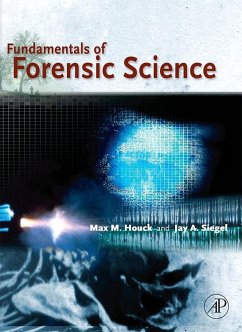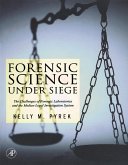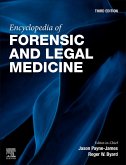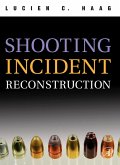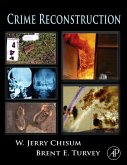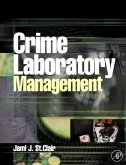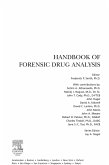It represents the most realistic view of the field by including areas that, while central to criminal investigation, fall outside the typical definition of criminalistics. These areas include pathology, entomology, anthropology, and other areas of scientific study unique to forensic textbooks.
Organized by the timeline of a real case, the text begins with an introduction and history of forensic science. It then covers the methods of analysis used in most forensic examinations, addressing the biological, chemical and physical elements relevant to the field, and concluding with an examination of how forensic science intersects with law. Feature boxes throughout the text contain online resource listings, historical events in forensic science, practical issues in laboratory analysis, and topics for further reading or interest.
This book is recommended for students in forensic science and professionals in the various forensic disciplines - fire, chemistry, crime scene, trace evidence, law enforcement personnel, lawyers, and defense attorneys.
- Vivid, full-color illustrations that diagram key concepts and depict evidence encountered in the field
- Straightforward unit organization that includes key terms, numerous feature boxes emphasizing resources on the World Wide Web, historical events in forensic science, practical issues in laboratory analysis, and topics for further reading
- Effective pedagogy -including end-of-chapter questions- paired with a clear writing style makes this an invaluable resource for professors and students of forensic science
Dieser Download kann aus rechtlichen Gründen nur mit Rechnungsadresse in A, B, BG, CY, CZ, D, DK, EW, E, FIN, F, GR, HR, H, IRL, I, LT, L, LR, M, NL, PL, P, R, S, SLO, SK ausgeliefert werden.

